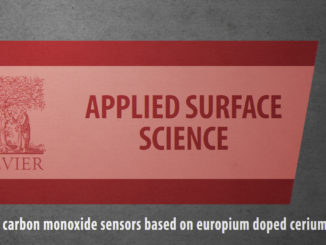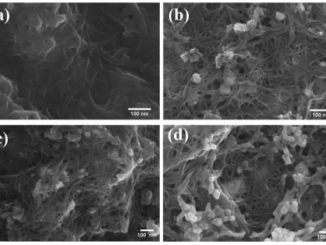
Blood droplets on functionalized surfaces: Chemical, roughness and superhydrophobic effects
Abstract: This manuscript reports the phenomenology of blood-material interface assessed by contact angle measurements and Raman spectroscopy. In particular, chemistry, topology and superhydrophobic effects on the contact line of blood droplets were investigated by using distinct substrates: Silicon, Ti13Nb13Zr and bioinspired-like PTFE, respectively. The surfaces were functionalized through different process aiming to study the specific effects. The chemical fingerprints of the biomolecules at the blood stain rings appear to be influenced by the contact line, which in turn depends on the kind of chemical treatment. A five-fold increase in roughness parameters by a metallic thinning process leads to a hydrophilic-hydrophobic transition in the metallic substrate followed by an increase in the bloodphobicity. In order to assess the extreme in the super blood-phobic state observed in a bioinspired surface, a simple 3D model based on thermodynamic standpoint and solid-liquid fraction has been proposed to predict optimized parameters for the substrate. Collectively, the results can offer new insights towards the objective of rational substrate design that can improve next generation blood-devices and antithrombogenic metallic implants.
Author(s): do Nascimento, RM; Ramos, AP; Ciancaglini, P; Hernandes, AC
COLLOIDS AND SURFACES A-PHYSICOCHEMICAL AND ENGINEERING ASPECTS
Volume: 574 Pages: 188-196 Published: AUG 5 2019
PDF: Blood droplets on functionalized surfaces Chemical, roughness and superhydrophobic effects
DOI: 10.1016/j.colsurfa.2019.04.025




